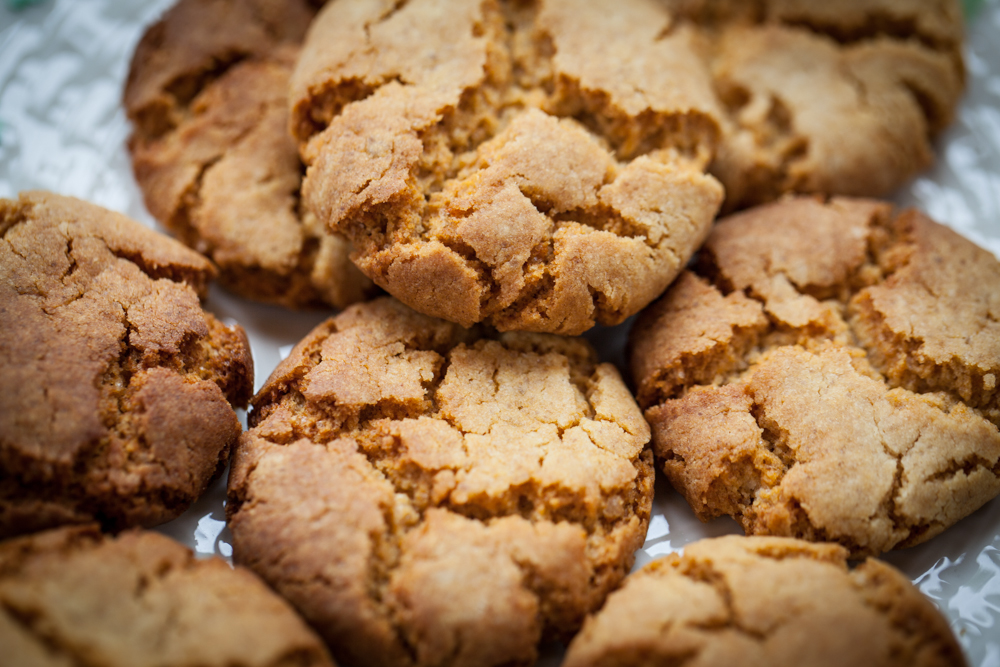In the beginning there was honey…
Honey has been a sought-after commodity since ancient times. Although there were always medicinal applications, its primary use was as a sweetener for other foods, and of course for its own sweet sake. As such, it enjoyed luxury status for aeons and the hazards and pain primitive man was prepared to risk, shinning up trees and breaking into wild hives, especially before he discovered the efficacy of smoke is extraordinary. However it is easier to understand when we realise that the only real alternative sweeteners, certainly in this part of the world, were wild carrots, parsnips and get this… crab apples!
Then there was sugar…
Honey retained its dominance as a sweetener until the 5th century BC when the Persians invaded India and discovered sugar. The value of sugar-cane “the reed which gives honey without bees” and the process for extracting sugar was immediately recognised by the Persians so they kept it a closely guarded secret and sold their sugar for exorbitant prices. Eventually the Arabs invaded Persia and took sugar to north Africa and Spain where the Crusaders were to discover it and take what they termed ‘the new spice’ to western Europe in the 11th century.
Sugar was first recorded in London in 1099 and was so sought-after that by 1319 it was fetching the equivalent of €100 per pound! Like the Persians, the British were quick to see the value of sugar so they taxed it like mad and it remained luxury item until Gladstone scrapped the sugar tax in the 1840’s. The prices didn’t come down much though, due to protectionism and transport costs from the Caribbean where sugar-cane was grown for the western markets. Subsequent military blockades of sugar imports, first by the British and then by the Germans, stimulated research into the growth of sugar-beet and the extraction of beet-sugar. It was not until after the first world war, when the growth of sugar-beet had been adopted in Britain and Ireland and more refineries came on stream that the price of sugar came within reach of the common man finally freeing him from the tyranny of wild carrots and crab apples, if not parsnips.
And now…
In recent times although sugar has replaced it as a general sweetener, honey is still used in cooking but more for its own self – for its flavour and aroma, for its medicinal properties and as a healthy, natural alternative to sugar.
Honey instead of sugar
Most recipes, including jams and preserves can be changed to use honey instead of sugar. If the recipe is one using golden syrup that is the easiest of all – just switch honey for syrup – weight for weight. When switching sugar for honey remember honey is part water – generally between 16 and 20% so if a recipe calls for 100g of sugar and say 100mls water/milk etc to use honey add 120g honey and 80mls water because there will be up to 20mls of water in the honey.

Another thing to bear in mind is that baked recipes where honey is substituted for sugar will tend to scorch so keep an eye on it and adjust oven temperature accordingly.
Click these links and try these recipes – specially these biscuits (above). They’re really easy:
- Honey Marmalade
- Honey and Ginger Biscuits
- Honey Cake
- Scottish Flummery
- Honey and Blackcurrant Wine
- Honey Sloe Wine
- Toasted Honey Muesli/Granola
Copyright © Beespoke.info, 2014. All Rights Reserved.
